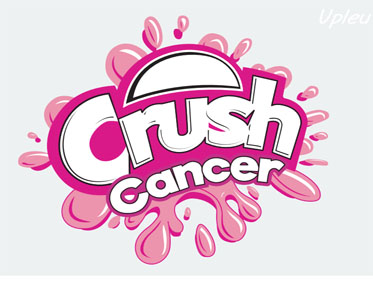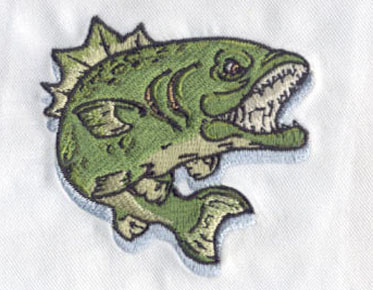The Pros and Cons of Automated vs. Manual Vector Art Conversion
Vector art is a popular graphic design format that uses mathematical equations to create precise and scalable images. Vector art conversion involves the process of converting raster images or other non-vector formats into vector art. While vector art conversion can be done manually or using automated software, each method has its advantages and disadvantages. In this article, we will explore the pros and cons of automated versus manual vector art conversion.
Automated Vector Art Conversion
Automated vector art conversion involves using software or online tools to convert raster images into vector format. Some popular automated vector conversion software includes Adobe Illustrator's Live Trace and CorelDRAW's PowerTRACE. Here are some pros and cons of using automated vector art conversion:
Pros:
Speed: Automated vector art conversion is generally faster than manual conversion, allowing for quick turnaround times.
Accuracy: Automated vector art conversion software uses advanced algorithms and mathematical formulas to create precise vector art.
Cost-effective: Automated vector art conversion is generally less expensive than manual conversion, making it a popular option for businesses or individuals on a budget.
Cons:
Limited customization: Automated vector art conversion software may not be able to accurately capture the details and intricacies of an image, resulting in loss of detail and limited customization options.
Quality issues: The output quality of automated vector art conversion software can vary depending on the complexity of the image and the software used.
Lack of artistic interpretation: Automated vector art conversion software may not have the ability to interpret an artist's intentions, resulting in a loss of creative control.
Manual Vector Art Conversion
Manual vector art conversion involves manually tracing over raster images or other non-vector formats using vector editing software such as Adobe Illustrator or CorelDRAW. Here are some pros and cons of manual vector art conversion:
Pros:
Greater customization: Manual vector art conversion allows for greater customization, as the artist has complete control over the tracing process and can add or remove details as desired.
Higher quality output: Manual vector art conversion can produce higher quality output as the artist can carefully select and adjust vector points to ensure that the image looks exactly as intended.
Artistic interpretation: Manual vector art conversion allows for artistic interpretation, giving the artist greater creative control over the final product.
Cons:
Time-consuming: Manual vector art conversion is generally more time-consuming than automated conversion, especially for complex images.
Higher cost: Manual vector art conversion can be more expensive than automated conversion, as it requires a skilled artist with experience in vector art conversion.
Error-prone: Manual vector art conversion is subject to human error, such as inaccurate tracing or incorrect point placement.
In conclusion, both automated and manual
vector art conversion have their advantages and disadvantages. Automated vector
art conversion is generally faster and less expensive, but can result in
limited customization and lower quality output. Manual vector art conversion
allows for greater customization and higher quality output, but can be more time-consuming
and expensive. Ultimately, the choice between automated and manual vector art
conversion will depend on the project requirements and budget constraints.



